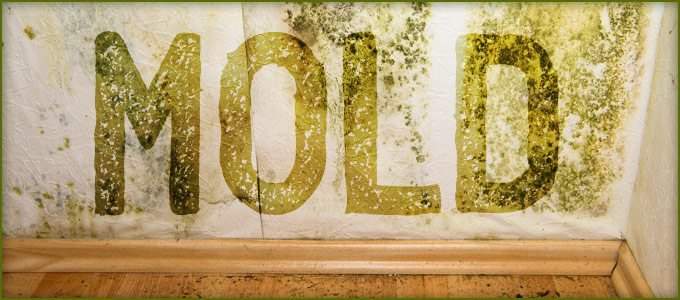Mold in House? Reduce the Risk With Foam Insulation
injection foam insulation | spray foam insulation | existing home insulation


Trouble is in the air.
That’s right 99% of the moisture in your home is carried by the air.
If you have cracks in your walls or attic or basement or crawl space, the humid air has easy access to your house.
Combine that with the default fiberglass insulation found in many homes, which encourages crazy air flow instead of waging war against it, and moisture is throwing a party in your home each and every day.
And moisture, when left unchecked, ultimately causes mold and mildew. Mold in attic. Mold in walls. Mold in house. Not safe.
So what’s a homeowner to do?
Create a continuous air barrier, my friend.
Let me explain.
You see when that warm, moist air starts traveling from room to room, without a care in the world, it is bound to run into cool indoor surfaces bordering the exterior of the home.
The warm air quickly cools down and dumps the moisture it acquired along the way. Classic condensation.
“Condensation can occur wherever water vapor can find a cold spot — on roof or wall sheathing, on the inside faces of the windows, and inside the walls,” writes the Green Building Advisor.
The moisture remains and before you know it, mold and mildew are in the house, literally.
Back to the continuous air barrier.
If you want to give a knockout punch to moist air traveling through cracks and average insulation, you need to air seal your home.
“Air naturally moves from high-pressure areas to lower pressure areas by the easiest path available -- generally through any available hole or crack in the building envelope,” according to the Department of Energy. “Moisture transfer by air currents happens quickly, and carefully and permanently air sealing any unintended paths for air movement in and out of the house is a very effective moisture control strategy.”
And when it comes to air sealing, foam insulation is the most effective. First, it will seal the cracks. Then as it expands it tightens spaces to reduce air flow. The openings moist air used in the past are now closed for business.
Sniff out the moisture before it enters your home.
The success of a healthy home, not trouble, is in the air.
To learn more how foam insulation can air seal your home to prevent air flow and the formation of mold, download our guide to insulation below or fill out the form on this page for a free estimate.

